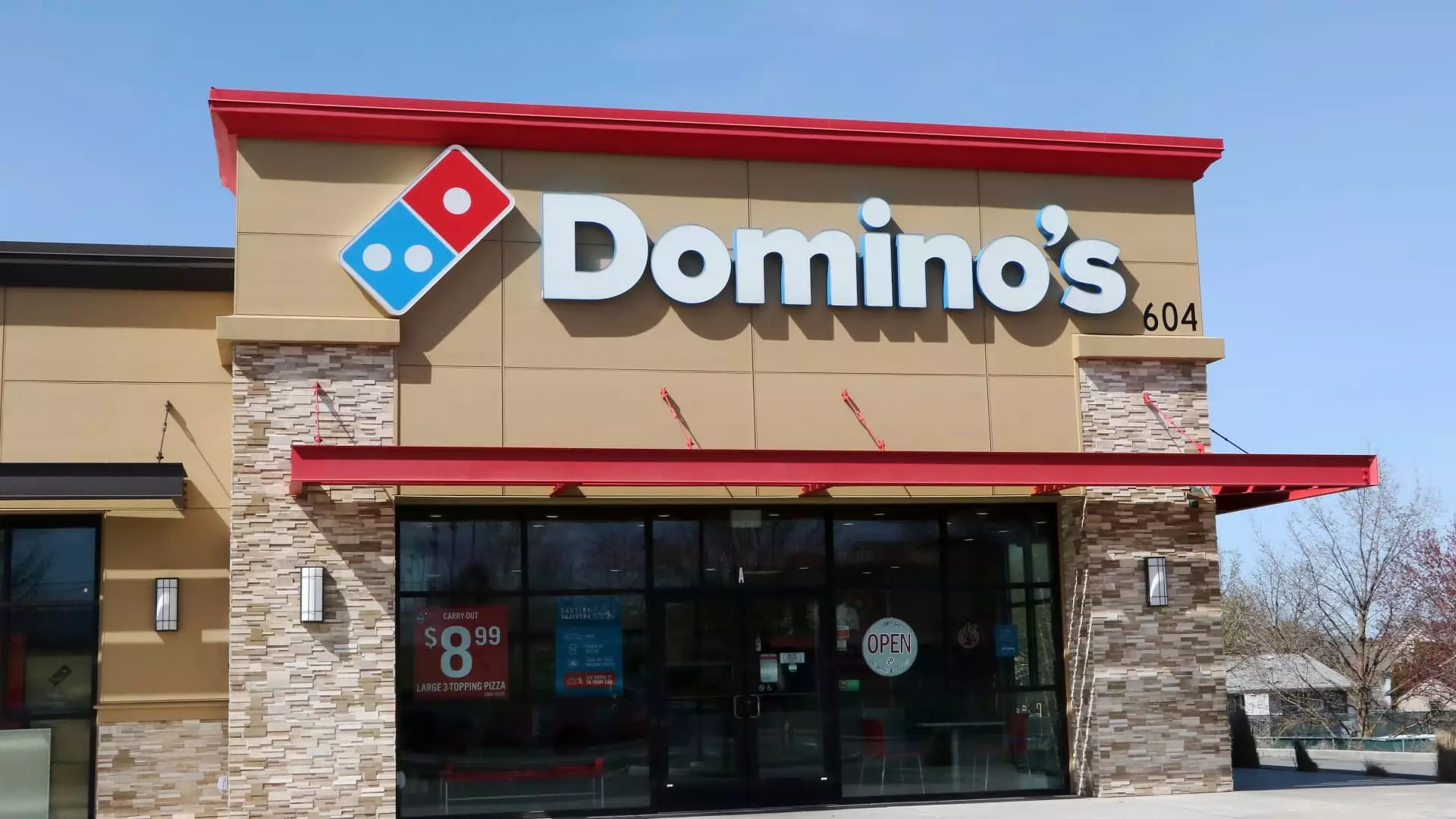In an era characterized by economic uncertainty, Domino’s Pizza appears to be riding a wave of confidence, proclaiming that industry headwinds are actually turning into tailwinds for their growth. While the CEO Russell Weiner’s optimistic tone might seem reassuring to investors and loyal customers alike, it masks a more complex and precarious reality. Relying heavily on promotional deals and value offerings to sustain growth is a short-term strategy that may not withstand the mounting pressures of inflation, wage disparity, and changing consumer behavior.
This narrative suggests that Domino’s is succeeding simply because others are faltering, but such a perspective dismisses fundamental issues that threaten its long-term viability. The assumption that discounting or aggressive promotions will secure a resilient customer base ignores how these tactics often erode brand value and profit margins. While a 3.4% increase in quarterly sales sounds impressive on paper, it’s vital to critique whether those numbers truly reflect sustainable growth or just a temporary absorption of market share amid a floundering competitive landscape.
Value Wars and the Rise of Home-Centric Consumer Culture
The strategic emphasis on value, exemplified by Domino’s “$9.99 Best Deal Ever,” underscores a critical shift in consumer priorities. During prolonged periods of inflation, consumers are increasingly scrutinizing their spending habits, favoring home-cooked meals or choosing to cut back altogether. Domino’s attempt to lean into value propositions suggests an acknowledgment of this reality; however, it also reveals fragility in their model. If consumers perceive that pizza prices are approaching or surpassing the perceived value of dining at home, the illusion of affordability will disintegrate.
Moreover, the idea that consumers will continue to trade up from fast-food to casual dining — as seen with Chili’s growth — might be overly optimistic. The broader economic environment underscores a crucial point: many households are still grappling with stagnant wages and rising costs. Even if they are tempted by the convenience and perceived value of Domino’s offers today, that temptation might diminish if prices continue to escalate or if other forms of entertainment and sustenance become more affordable and accessible.
The Risk of Overreliance on Promotional Tactics
Domino’s strategy appears heavily dependent on short-term promotions, which, while useful for boosting sales temporarily, threaten to devalue the brand over time. The danger lies in cultivating a consumer base that expects perpetual discounts, making it difficult to sustain profitability when promotional intensity must be dialed back. This phenomenon is not unique to Domino’s but emblematic of a broader trend within the fast-food industry, where commodification of deals risks transforming once quality-conscious customers into price-sensitive bargain hunters.
Furthermore, the mention of a challenging quarter due to an investment charge in China highlights internal vulnerabilities. The company’s earnings falling short of expectations signals that even aggressive promotional campaigns cannot fully shield it from broader economic pressures and operational setbacks. The decline in stock value reflects market skepticism about the sustainability of Domino’s current trajectory.
Challenges Ahead in a Competitive and Evolving Market
The landscape for Domino’s and similar chains is fraught with obstacles. If customers find the prices too steep, they will simply revert to eating at home or seeking alternatives. The notion that Domino’s can continuously outmaneuver competitors through promotions assumes a stability that simply does not exist. As competitors also adapt their strategies—offering more balanced value propositions or innovative menu options—the competitive advantage of deal-driven marketing diminishes.
Additionally, the long-term health of Domino’s business depends on more than just promotional deals. Customer loyalty hinges on perceived quality, consistent value, and brand integrity—elements that can erode quickly when price becomes the dominant variable. For now, Domino’s appears to be sailing on a buoyant tide of short-term gains, but the economic currents are shifting rapidly, and the risks of overextension are palpable.
This analysis demonstrates that while Domino’s may be capitalizing on a moment of industry upheaval, its reliance on promotional tactics and aggressive price campaigns may ultimately undermine its sustainability. Market dynamics are increasingly complex, and without a balanced approach that emphasizes quality and enduring value, Domino’s risks losing its hard-won market share once consumer preferences recalibrate.

